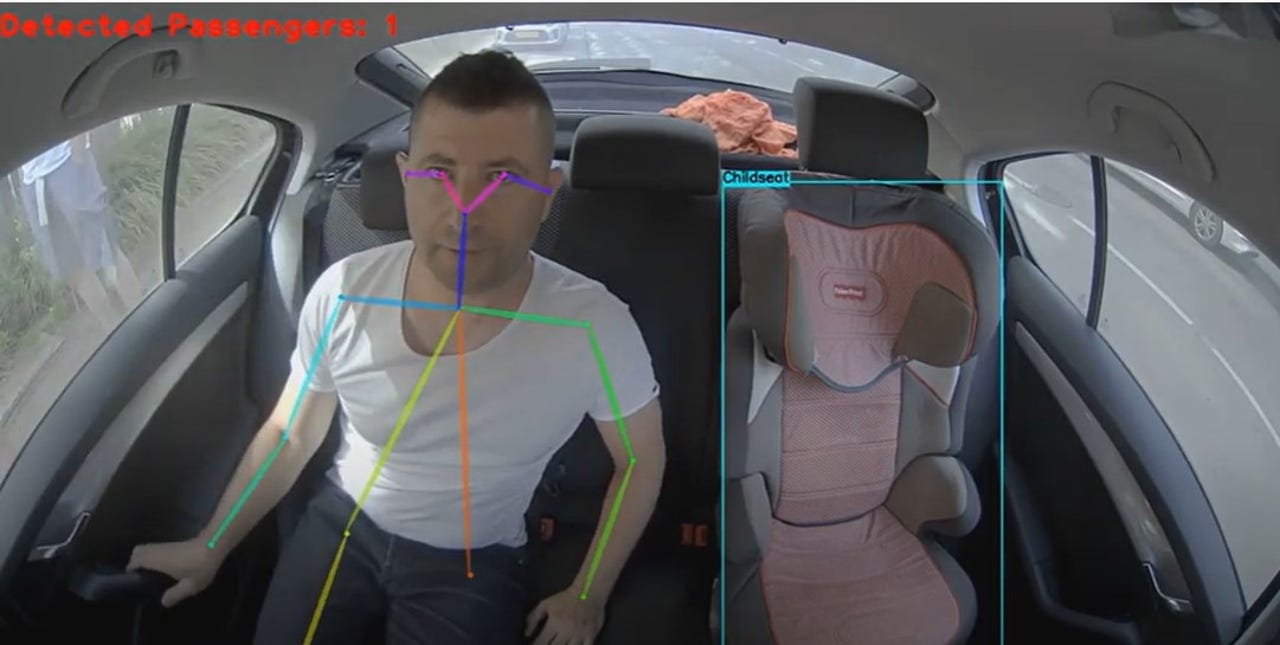Cipia brings AI and computer vision monitoring systems to eliminate the dangers of distracted driving

With around 500,000 truck-related accidents in the US alone every year, and trucking firmly cemented as the deadliest profession in the US, the need for life-saving technology to prevent accidents is at a premium.
Research from the NHTSA has revealed that 80% of accidents are caused by distracted driving in the 3 seconds before the collision.
Further research from AAA shows 21% of fatal collisions are caused by fatigue. Now Tel Aviv, Israel-based intelligent sensing solutions company Cipia has introduced its Driver Sense driver monitoring system (DMS).
Formally known as Eyesight Technologies, the company focuses on automotive in-cabin environments with its occupancy and interior monitoring system called Cabin Sense.

The system can detect seat occupancy, posture, child seats and whether or not you're wearing a seatbelt. It can also identify passenger characteristics, including age and gender, and detect objects, such as bags and phones.
The Driver Sense software-based driver monitoring system monitors the driver's state in real-time. It uses AI and computer vision, to monitor factors including gaze vector, blink rate, and eye openness for signs of drowsiness and distraction.
It will recognize enrolled drivers and detect actions such as wearing a seatbelt, holding a cell phone, smoking and wearing a face mask.
Its solution is designed to help automotive manufacturers to meet regulatory standards – a current focus around the world.
Cipia also offers Cipia-FS10, which is a driver monitoring and video telematics device for fleets to help keep roads safe. If the system detects an issue, it can issue alerts to both the drivers and fleet managers to avert any dangerous situations and potential accidents. Fleet managers can stay up to date with the actions of all drivers in the fleet through telemetry.
Last month the company announced that it had signed a deal to integrate its DMS into two new Chinese automotive models.
Tal Krzypow, VP of Product at Cipia said: "These statistics underscore the reality that the primary issue for automotive safety is not outside the vehicle, but rather sitting behind the steering wheel, and that in order to create a safer driving experience we must start with the drivers.
We are especially excited in light of our partnership with Mobileye, and the benefits of having driver monitoring and external ADAS working together in a meaningful way to create a solution that is better than the sum of its parts."
It won't be long before this type of technology is integrated with externally facing ADAS (Advanced Driver Assistance Systems) cameras such as Mobileye.
This integration will improve the performance of advanced driver safety features that people already have in the cars such as lane change assist, emergency braking, and lane departure warnings, to make them more intelligent.
As cars become more autonomous, the need for driver monitoring systems becomes more important. The driver is currently fully responsible for driving, and distractions are an issue.
The need for smart autonomy grows as autonomous cars come to the forefront. More and more vehicles are being launched with driver monitoring systems, which means that driver monitoring is going mainstream. And DMS integration like these systems will soon become the norm.